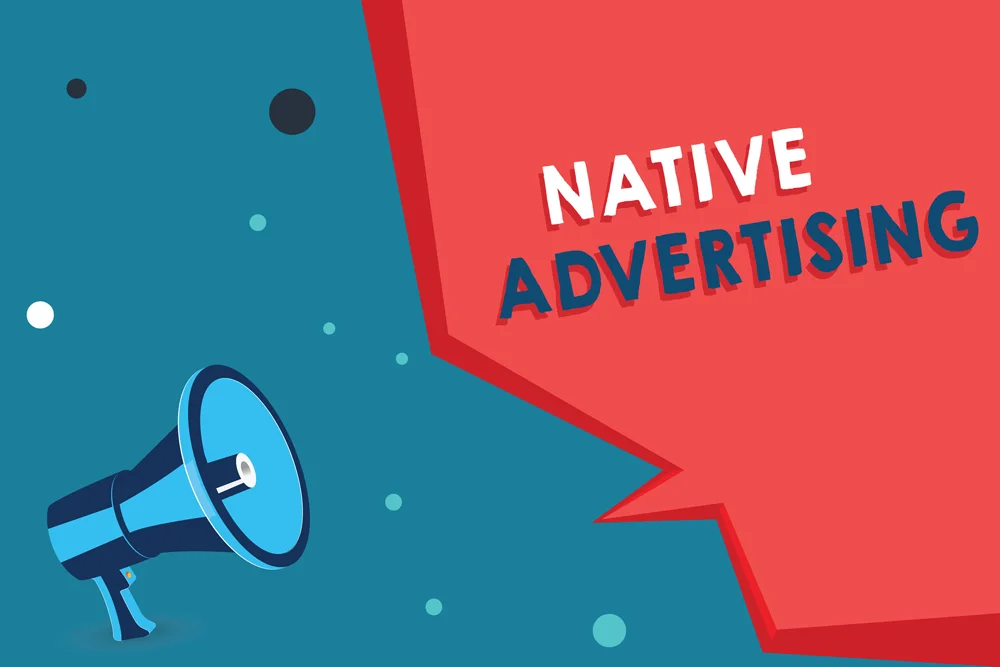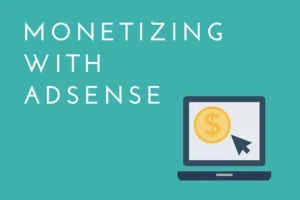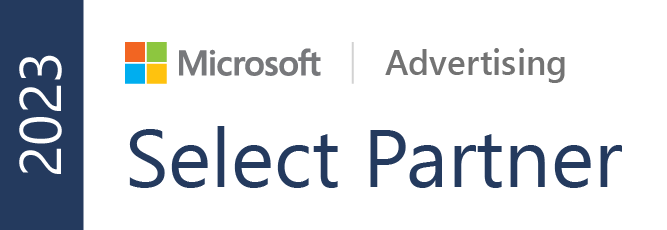Native advertising is a type of digital advertising that has gained popularity in recent years. In this blog post, we will explore the pros and cons of native advertising and help you decide if it’s the right advertising strategy for your business.
Pros of Native Advertising:
- Increased Engagement: Native advertising tends to have a higher engagement rate compared to traditional advertising.
- Relevance: Native ads blend seamlessly with the content, making them more relevant to the audience.
- Cost-Effective: Native advertising can be cost-effective as it can generate more views and engagement than traditional advertising.
- Improved Ad Performance: Native ads can have better ad performance metrics such as viewability, click-through rates, and conversion rates.
- Customizable: Native ads can be customized to match the look and feel of the website, making them more appealing to the audience.
Cons of Native Advertising:
- Deception: Native ads can be viewed as deceptive or misleading by some users.
- Lack of Control: Advertisers may not have complete control over where their ads are displayed or how they appear.
- Limited Targeting: Native ads are often displayed based on the content of the website, rather than the interests or demographics of the users.
- Short-Term Results: Native advertising may provide short-term results but may not be as effective for long-term brand building.
- Platform Dependence: Native advertising is dependent on the platform or website where the ads are displayed, which can be a risk if the platform changes its policies or goes out of business.
How to Decide if Native Advertising is Right for Your Business:
- Consider Your Budget: Native advertising can be cost-effective, but it’s important to consider your budget.
- Evaluate Your Target Audience: Determine if your target audience is likely to engage with native advertising.
- Analyze Your Campaign Goals: Consider whether native advertising aligns with your campaign goals.
- Review Your Brand Values: Make sure your native ads align with your brand values and messaging.
- Weigh the Pros and Cons: Consider both the advantages and disadvantages of native advertising before deciding.
Furthermore, it’s important to measure the success of your native advertising campaigns by tracking metrics such as engagement rates, click-through rates, and conversion rates.
Conclusion:
Native advertising has its pros and cons, and it’s important to carefully consider them before deciding if it’s the right advertising strategy for your business. While native advertising can be cost-effective and improve engagement, it can also be viewed as deceptive and limit targeting options. Evaluate your budget, target audience, campaign goals, brand values, and the pros and cons of native advertising to make an informed decision. By doing so, you can determine if native advertising is the right fit for your business and maximize its potential to achieve your advertising goals.








